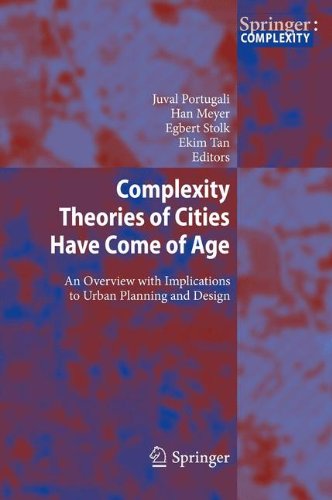

Most ebook files are in PDF format, so you can easily read them using various software such as Foxit Reader or directly on the Google Chrome browser.
Some ebook files are released by publishers in other formats such as .awz, .mobi, .epub, .fb2, etc. You may need to install specific software to read these formats on mobile/PC, such as Calibre.
Please read the tutorial at this link: https://ebookbell.com/faq
We offer FREE conversion to the popular formats you request; however, this may take some time. Therefore, right after payment, please email us, and we will try to provide the service as quickly as possible.
For some exceptional file formats or broken links (if any), please refrain from opening any disputes. Instead, email us first, and we will try to assist within a maximum of 6 hours.
EbookBell Team

5.0
90 reviewsToday, our cities are an embodiment of the complex, historical evolution of knowledge, desires and technology. Our planned and designed activities co-evolve with our aspirations, mediated by the existing technologies and social structures. The city represents the accretion and accumulation of successive layers of collective activity, structuring and being structured by other, increasingly distant cities, reaching now right around the globe.
This historical and structural development cannot therefore be understood or captured by any set of fixed quantitative relations. Structural changes imply that the patterns of growth, and their underlying reasons change over time, and therefore that any attempt to control the morphology of cities and their patterns of flow by means of planning and design, must be dynamical, based on the mechanisms that drive the changes occurring at a given moment.
This carefully edited post-proceedings volume gathers a snapshot view by leading researchers in field, of current complexity theories of cities. In it, the achievements, criticisms and potentials yet to be realized are reviewed and the implications to planning and urban design are assessed.